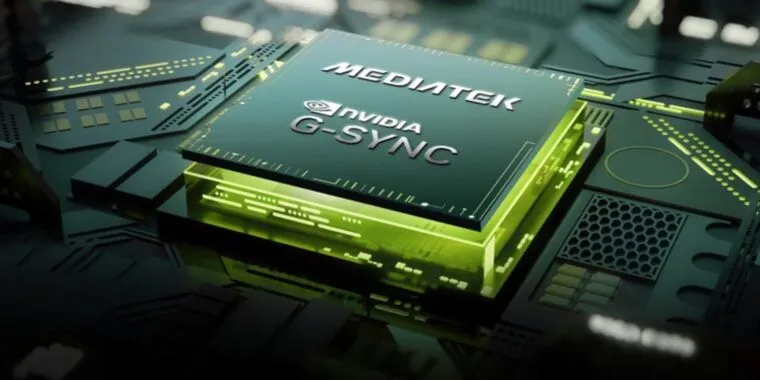Nvidia Ditches Dedicated G-Sync Modules for FreeSync Competitiveness

Nvidia's Bold Shift in Display Technology
Nvidia is ditching dedicated G-Sync modules to bolster its foothold against FreeSync's increasing dominance in the display technology market. G-Sync traditionally required significant hardware investment, resulting in higher costs for users. The company's new direction aims to simplify manufacturing processes and encourage wider implementation of adaptive sync technologies.
The Implications for Gamers and Manufacturers
- Cost Reduction: By removing the need for dedicated hardware, Nvidia is aiming to lower both production costs and retail prices for consumers.
- Market Competitiveness: This shift could attract more customers who previously opted for FreeSync, potentially reshaping market dynamics.
- Technology Adaptation: Gamers can now look forward to more options with enhanced performance capabilities across a broader range of displays.
Prospective Future of Adaptive Sync Technologies
The landscape for gaming displays is evolving, and Nvidia's transition away from G-Sync modules represents a significant moment in this evolution. Competitors must now adjust strategies to remain viable in a market increasingly characterized by compatibility and affordability. This move could herald a new era for adaptive sync technologies, ultimately benefiting gamers and manufacturers alike.
This article was prepared using information from open sources in accordance with the principles of Ethical Policy. The editorial team is not responsible for absolute accuracy, as it relies on data from the sources referenced.